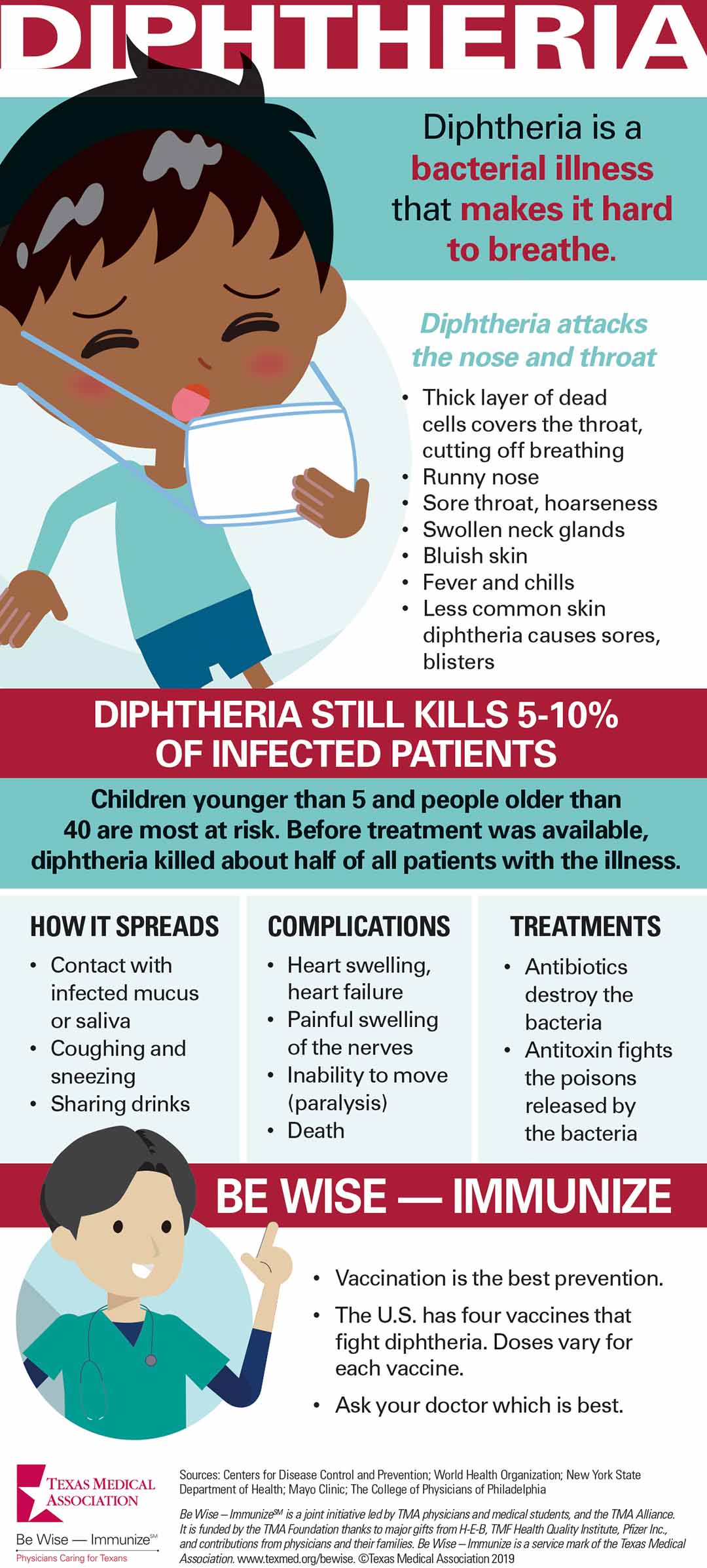Most people know little about diphtheria today thanks to the effectiveness of its vaccine. But fear of this highly contagious bacterial infection – which chokes off patients’ ability to breathe – was once so strong that it accidentally gave birth to a major sporting event: the Iditarod Trail Dog Sled Race.
In 1925, diphtheria struck in Nome, Alaska. No antibiotics were available at the time, and the vaccine still was not widespread. But there was an antitoxin that could help. To access it, 20 dog-sled drivers using 150 dogs participated in a 1,000-mile relay from Anchorage to deliver the antitoxin to Nome. The effort worked: The medicine staved off an epidemic, and the Iditarod race has run since 1973 in memory of that first relay.
Diphtheria infected more than 200,000 and killed 15,000 in the U.S. in 1920, but the growing use of vaccines during that decade caused rates to drop, the U.S. Centers for Disease Control and Prevention (CDC) says. In the 1940s, the diphtheria vaccine was combined with tetanus and pertussis, and the shot became routine for children. Between 2004 and 2017, only two U.S. cases were reported, CDC says. But about 7,100 cases were reported worldwide in 2016, according to the World Health Organization.
There are four types of diphtheria vaccines. Babies and children younger than 7 years receive DTaP (diphtheria, tetanus, and acellular pertussis) or DT (diphtheria and tetanus); older children and adults receive Tdap and Td.
Download a printable copy of the infographic below.

Tex Med. 2019;115(7):47
July 2019 Texas Medicine Contents
Texas Medicine Main Page
Last Updated On
August 18, 2025
Originally Published On
July 01, 2019